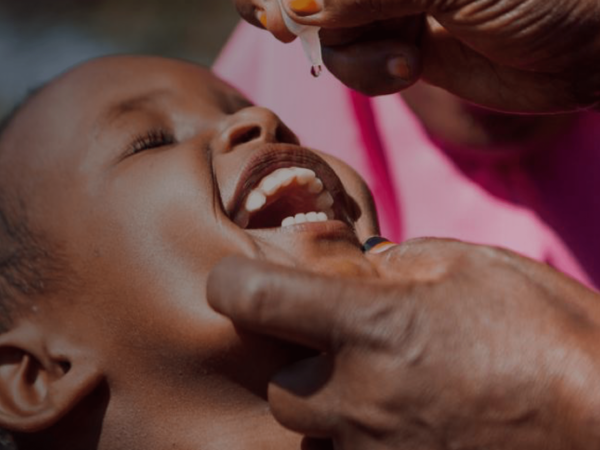Advocacy is about raising political, financial and social commitment for a particular goal.
Advocacy, like all communication initiatives, is defined by a clear objective, defining the target audience and message delivered through the best channel possible.
Advocacy can happen through special events, through media channels, through direct lobbying, presentations and one-on-one meetings. The key is building support and relationships.
For example, the polio programme may need to advocate with religious leaders to speak publically about the importance of vaccination. We may need to reach policy makers through media or direct interaction to maintain political support and funding for the programme. The programme could reach out to pediatricians or traditional healers to seek help with community surveillance or reaching out to refusals.
Whatever the issue, regular outreach directed at opinion leaders, political leaders and decision makers can have an enormous influence on not only the operations and support for vaccination, but also on community acceptance of the programme.
In the polio programme, Advocacy responsibilities may be split between numerous partners. High-level political or financial advocacy generally lies outside the domain of C4D, and is led by WHO, Rotary or the Gates Foundation, whereas advocacy at community levels is within UNICEF's remit.
Learn more
Explore the other two learning modules in this 3-step tutorial to design evidence-driven communication strategies to help vaccinate every child.
Define your target audience and barriers to change, then develop messages and choose channels to reach your audience.
You cannot do everything and your ability to prioritize your interventions and target behaviours is paramount. One simple way to do this is to evaluate importance of the behavior and its changeability.



